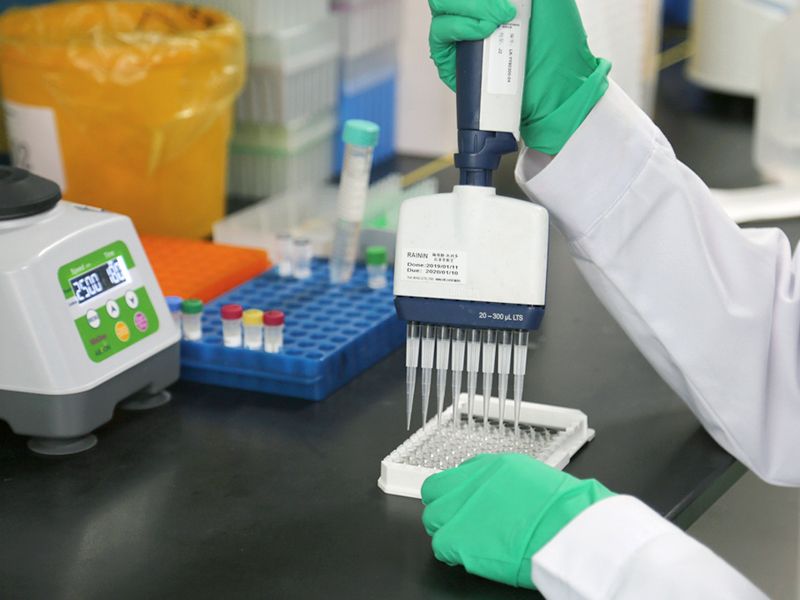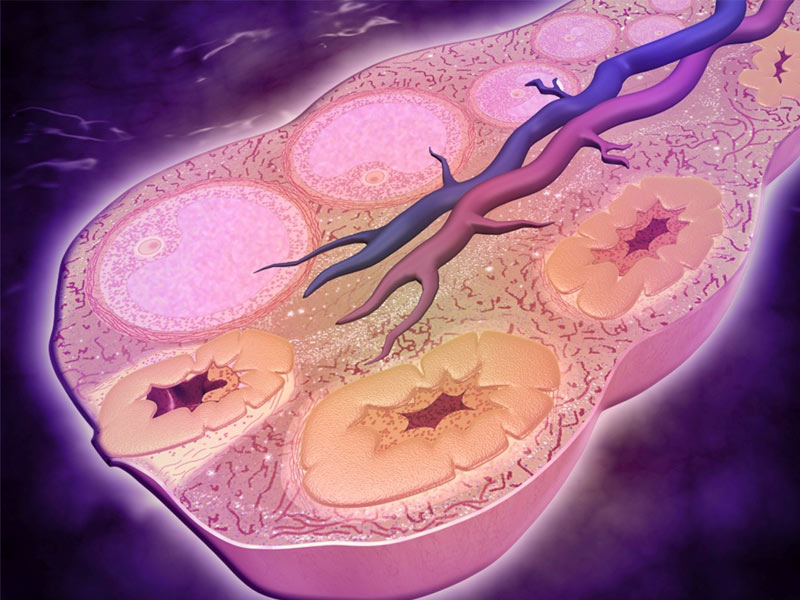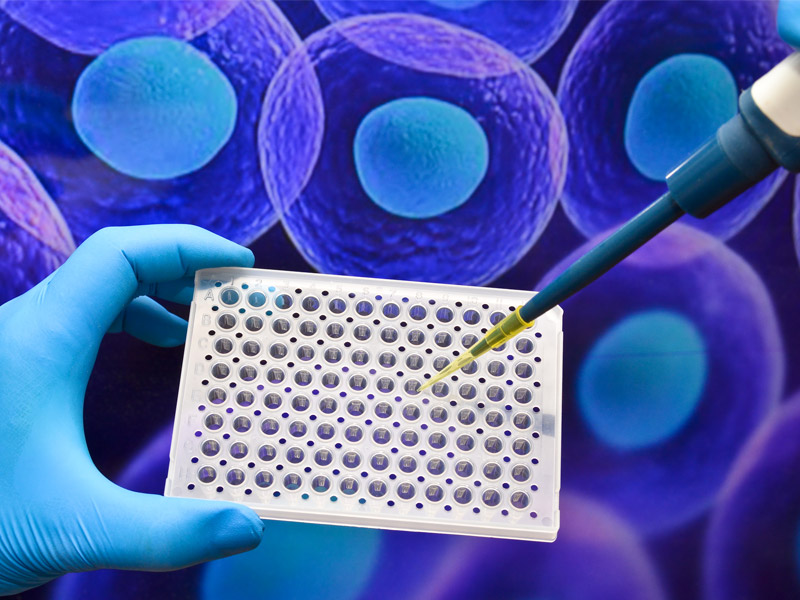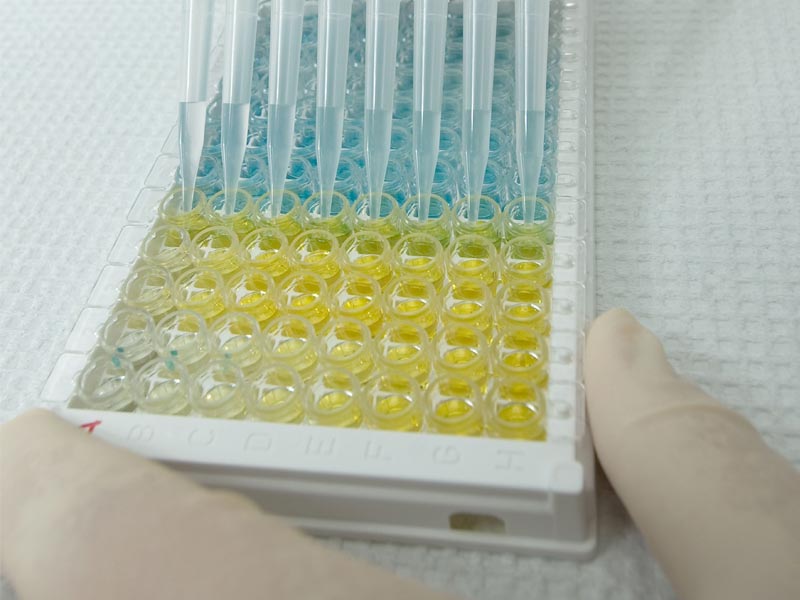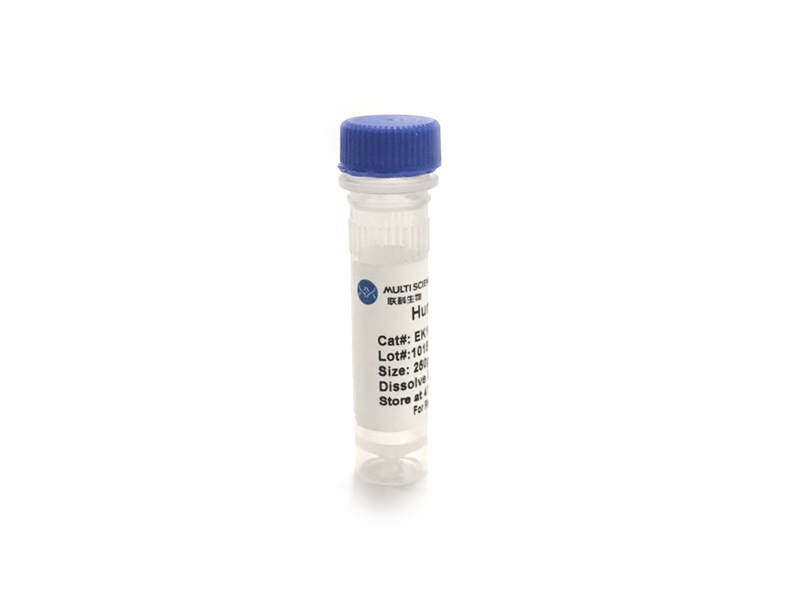Mouse CCL2/MCP-1 High Sensitivity ELISA Kit检测试剂盒(酶联免疫吸附法)
¥2,000.00 – ¥3,400.00
在售SKU:70-EK287HS-48, 70-EK287HS-96
- 分子靶点:CCL2
- 种属:小鼠
- 样本类型:血清、血浆、细胞培养上清及其他生物学样本
- 检测样本体积:血清、血浆样本20μL
- 灵敏度:2.08pg/mL
- 检测范围:23.44-1500pg/mL
- 回收率:90%-118%
ELISA试剂盒详细信息
| 商品名 | 小鼠趋化因子配体2高敏酶联免疫检测试剂盒 |
|---|---|
| 种属 | 小鼠 |
| 靶点 | CCL2 |
| 检测方法 | 双抗体夹心法 |
| 检测样本类型 | 血清、血浆、细胞培养上清及其他生物学样本 |
| 检测样本体积 | 血清、血浆样本20μL |
| 灵敏度 | 2.08pg/mL |
| 线性范围 | 23.44-1500pg/mL |
| 精密度 | 板内变异系数:3.1%-4.9%;板间变异系数:3.0%-4.5% |
| 回收率 | 90%-118% |
| 平均回收率 | 107% |
| 板式 | 96孔板,可拆 |
| 保存条件 | 2-8℃保存。已拆开:标准品-20℃保存,其它4℃。 |
| 运输条件 | 2-8℃冰袋运输 |
| 检测原理 | 本试剂盒采用双抗体夹心酶联免疫吸附检测技术。特异性抗小鼠CCL2抗体预包被在高亲和力的酶标板上。酶标板孔中加入标准品和待测样本,经过孵育,样本中存在的CCL2与固相抗体结合。洗涤去除未结合的物质后,加入生物素化的检测抗体孵育。洗涤去除未结合的生物素化的抗体,加入辣根过氧化物酶标记的链霉亲和素(Streptavidin-HRP)。洗涤后,加入信号增强剂孵育,洗涤去除未结合的物质后,再次加入Streptavidin-HRP。洗涤后,加入显色底物TMB,避光显色。颜色反应的深浅与样本中CCL2的浓度成正比。加入终止液终止反应,在450nm波长(参考波长570 - 630nm)测定吸光度值。 |
分子信息
CCL2 分子靶点信息概述
- 分子名:CCL2, C-C motif chemokine ligand 2
- 基因家族:Chemokine ligands
- 别名:MCP1; MCP-1; MCAF; SMC-CF; GDCF-2; HC11; MGC9434
- 曾用名:SCYA2
- 全称:monocyte chemotactic protein 1, homologous to mouse Sig-je; monocyte chemoattractant protein-1; monocyte chemotactic and activating factor; monocyte secretory protein JE; small inducible cytokine subfamily A (Cys-Cys), member 2; small inducible cytokine A2 (monocyte chemotactic protein 1, homologous to mouse Sig-je); chemokine (C-C motif) ligand 2
CCL2 分子靶点综述
趋化因子配体2(CCL2),又名单核细胞趋化蛋白1(MCP-1),是CC趋化因子家族的小分子量细胞因子。CCL2通过蛋白聚糖的粘多糖侧链锚定到内皮细胞的质膜上,主要由单核细胞、巨噬细胞和树突状细胞分泌。CCL2可招募单核细胞、记忆性T细胞和树突状细胞到组织损伤或感染引起的炎症位点。CCL2参与以单核细胞浸润为特征的一些疾病发病机制,如银屑病、类风湿性关节炎和动脉粥样硬化。CCL2参与发生在中枢神经系统的多种疾病的神经炎症过程,表现为神经元变性。
小鼠 Mouse Ccl2 分子靶点信息
- 分子名:Ccl2, chemokine (C-C motif) ligand 2
- 别称:
- AI323594
- expressed sequence AI323594
- HC11
- MCAF
- MCP-1
- MCP1
- monocyte chemoattractant protein-1
- monocyte chemotactic protein
- Scya2
- Sigje
- small inducible cytokine A2
- small inducible gene JE
- SMC-CF
- 基因序列:NCBI_Gene: 20296
- 蛋白序列:
小鼠 Mouse Ccl2 靶点分子功能(预测)
Enables CCR2 chemokine receptor binding activity and cytokine activity. Involved in several processes, including cellular response to cytokine stimulus; positive regulation of leukocyte chemotaxis; and positive regulation of macromolecule metabolic process. Acts upstream of or within response to bacterium and response to wounding. Located in extracellular space. Is expressed in several structures, including heart; intestine smooth muscle circular layer; nervous system; retina; and vibrissa. Used to study age related macular degeneration. Human ortholog(s) of this gene implicated in several diseases, including Henoch-Schoenlein purpura; aggressive periodontitis; autoimmune disease (multiple); gastrointestinal system cancer (multiple); and tuberculosis (multiple). Orthologous to human CCL2 (C-C motif chemokine ligand 2).




